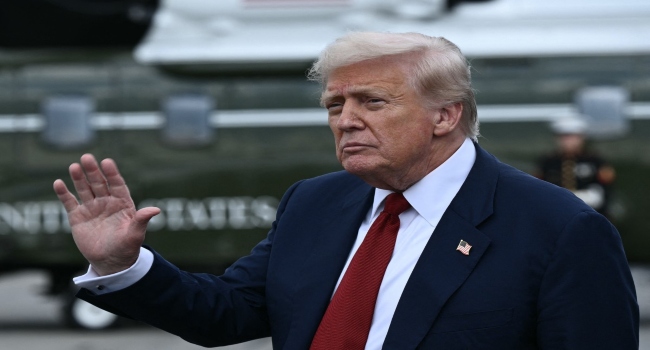The United States and Japan are navigating a complex trade landscape as a bilateral agreement aimed at easing tariffs and market access takes effect, with President Donald Trump announcing the imminent arrival of Ford’s F-150 pickup trucks in Japan. While the deal, finalized in July, reduces levies on Japanese vehicle imports to the U.S. from a threatened 25% to 15% starting Thursday, uncertainties linger over its implementation and broader economic implications.
Under the pact, Tokyo has pledged to lift longstanding barriers to American automobiles, including aligning with U.S. safety standards—a move the White House claims will level the playing field. “They’re taking our cars,” Trump told CNBC on Tuesday, emphasizing the F-150’s appeal. “I’m sure we’ll do very well there.” The announcement marks a potential reversal for Ford, which withdrew from Japan’s market in 2016 amid sluggish sales. American vehicles have historically struggled in Japan, where narrower roads and right-hand driving preferences pose challenges for larger models like the 2.4-meter-wide F-150.
Despite progress, key disagreements persist. While U.S. tariffs on Japanese cars are slated to drop from 27.5% (existing 2.5% plus Trump’s 25% surcharge) to 15%, confusion remains over whether this rate applies solely to the EU or also extends to Japan. A recent U.S. executive order specified the 15% cap for European imports, omitting Japan, sparking questions about the deal’s scope. Japan’s chief tariff negotiator, Ryosei Akazawa, traveled to Washington this week to seek clarification, stressing the need for “thorough preparation” before Thursday’s policy rollout.
Further complications arose from Trump’s claim that Japan would invest $550 billion in the U.S., retaining 90% of profits—a figure he likened to a “signing bonus” in professional sports. Japanese officials countered that the commitment primarily involves loans and guarantees rather than direct financial inflows, highlighting discrepancies in public messaging.
The agreement arrives against a backdrop of trade imbalances: Japanese automakers sold over 4.7 million vehicles in the U.S. last year, while American brands accounted for less than 1% of Japan’s market. Analysts note that while reduced tariffs could boost U.S. exports, practical hurdles like vehicle size and infrastructure compatibility may limit immediate gains. As Akazawa engages in his ninth round of talks with U.S. counterparts, both nations aim to align their interpretations of the deal while addressing unresolved economic and logistical challenges.
